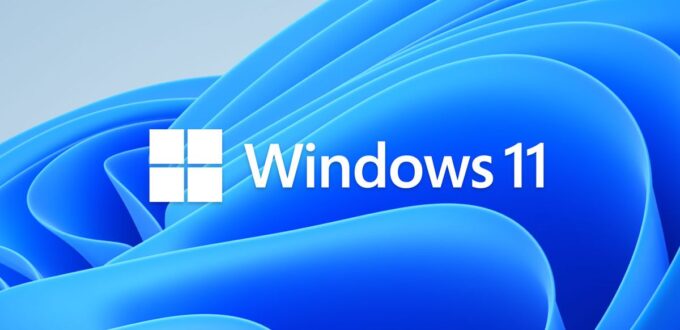Windows 11 is here and Microsoft has detailed how the phase launch will function. The first system to get the operating system is a new device that has been loaded before. Starting October 5, Microsoft will initially offer free upgrades to new PCs, laptops, and tablets sent with Windows 10.
Furthermore, Microsoft said it would see hardware feasibility, reliability metrics and other factors on existing Windows 10 devices to determine when to offer the latest OS through Windows updates. This is a similar approach to how the company has handled updates for Windows 10 features for years. You can find out if your device is compatible with the PC health check application.
Microsoft will tell you when Windows 11 is ready for your system through the Windows Update setting page or when you check the update. You might wait. The company expects to offer upgrades to all Windows 10 devices that meet the requirements in mid 2022.
Windows update is the method of improving Windows 11 which is suggested by Microsoft, and the easiest possibility for most people. However, you can install the OS manually if you want. You can download the installation assistant or use an ISO installation.
Microsoft does not recommend installing Windows 11 on devices that do not meet system requirements, but you can still do it. It should be noted that you might not get Windows 11 update on a PC with a processor that is not supported.
But you decide to make a switch to Windows 11, it is possible to back up all your files first. OS is likely to be stable at the moment, but it is not worth taking the risk that something will be wrong and cause you to lose important data.
Meanwhile, Microsoft said today marked the start of the 24-month life cycle for Windows 11 Home and Pro Editions, as well as the beginning of 36 months of service support for the company and the education version.


No Comments Yet